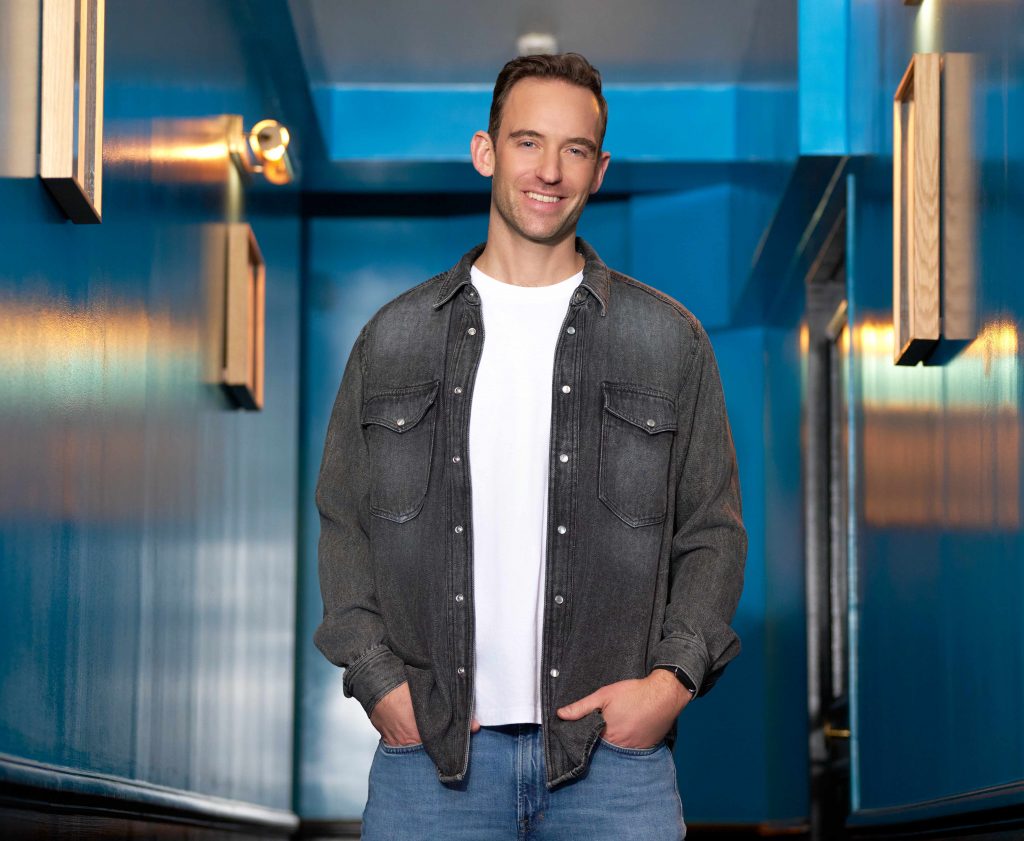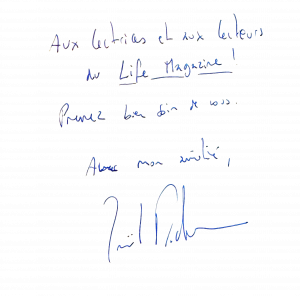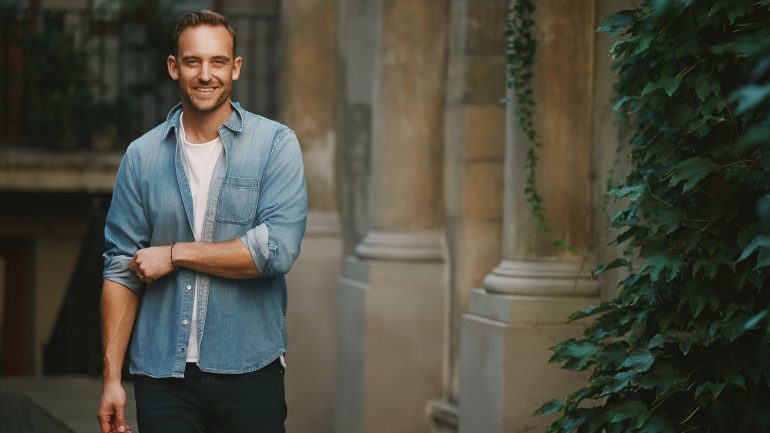What inspired you to create a story centered around children in The Very Catastrophic Visit to the Zoo, and what message would you like to convey to this young audience?
The creation of this book was quite special: it all started with a sense of curiosity. I wanted to experiment with storytelling from a child’s perspective, just to see what it would feel like. Very quickly, I got caught up in it. I enjoyed the humor and the freedom of tone. I realized that viewing the adult world through the eyes of a child allowed the book to be read and understood on different levels, both by children and adults. The message I hope to convey with this book is to offer young readers the joy of reading to remind them that reading is a moment of fun and entertainment, something that will accompany and shape them throughout their lives.
In what ways does this book differ from your previous novels, both in terms of style and content?
This book is different from the others because there’s no murder. It’s not a crime novel. But it is an investigation, led by a little girl. So the tone is very different, and naturally the style of the book is too. Although my readers will still find the signature of my writing: the desire to keep turning the pages.
The idea of an investigation led by children is quite original. How did you go about developing the characters?
I developed these characters just as I do in my other books: you have to first establish them psychologically in other words, give them a form of existence that isn’t physical (I don’t describe them), but existential. They each have their personality, their flaws, their quirks. Only after that do they take on the role of investigators.

What is your usual writing ritual when starting a new book? Where do you find your inspiration? (smiles)
My writing process is always the same: write, write, write, write. Then delete, delete, delete, delete. Then start again over and over until I finally find the path that leads back to the book’s original idea. It can take months. It’s tedious, but also deeply rewarding.
In 2018, your novel The Truth About the Harry Quebert Affair was adapted for television. In your opinion, what is the main difference between writing, where the reader can imagine freely, and adapting a work for film or TV?
A book and a film are inherently very different. They can’t really be compared. It’s like comparing meat and fish. In a book, the reader is the creator because they imagine everything. In a film, everything is chosen and shown by someone else. Reading has a stronger impact on the brain than cinema (which doesn’t take away from the greatness of cinema, of course!).
How did you experience the transition from writing thrillers to a story aimed at a younger audience,
What challenges did this shift bring?
It wasn’t an abrupt transition , it happened gradually. After all, it’s still an investigation, so it was a real pleasure for me to rethink the narrative, to discover a new point of view. It was a true adventure, one that brought me a lot of joy.
What would you like to wish the readers of LiFE Magazine?
I would like to wish everyone the same thing: health and peace of mind.



